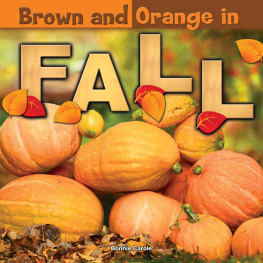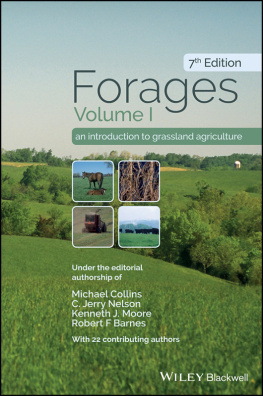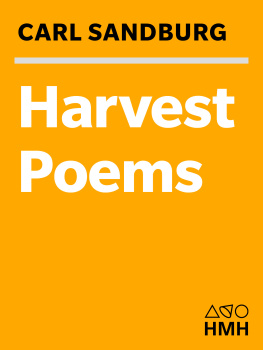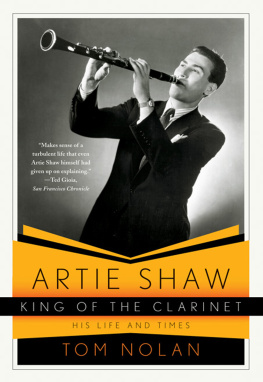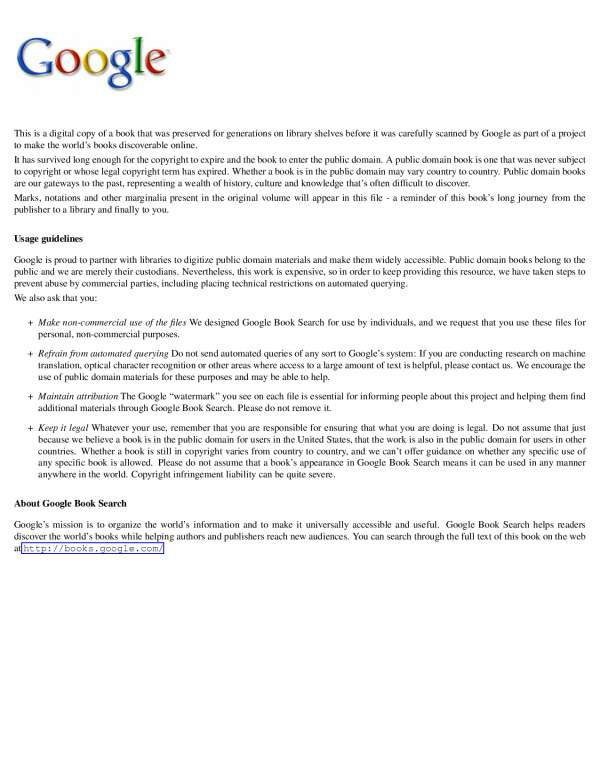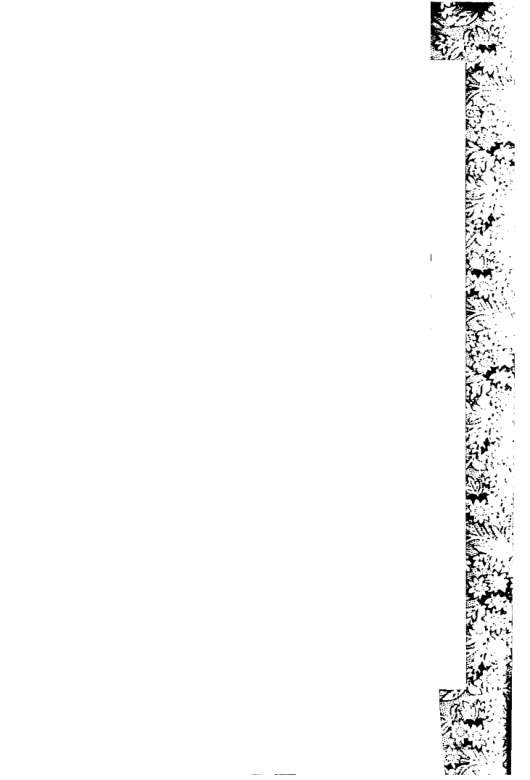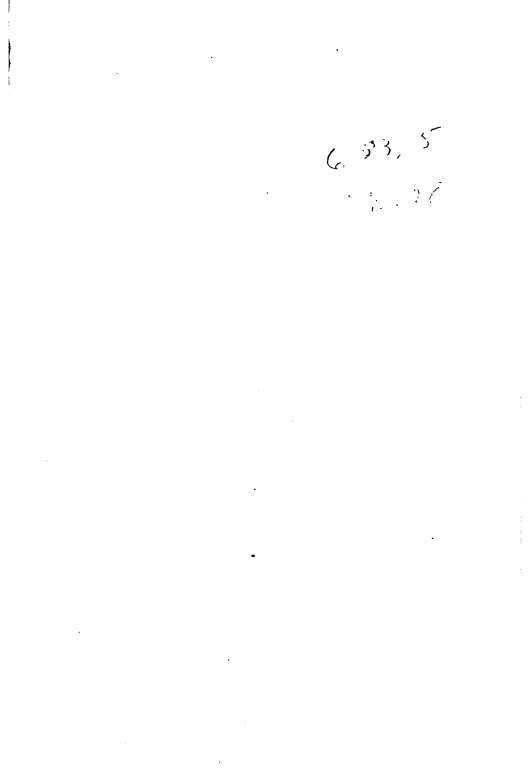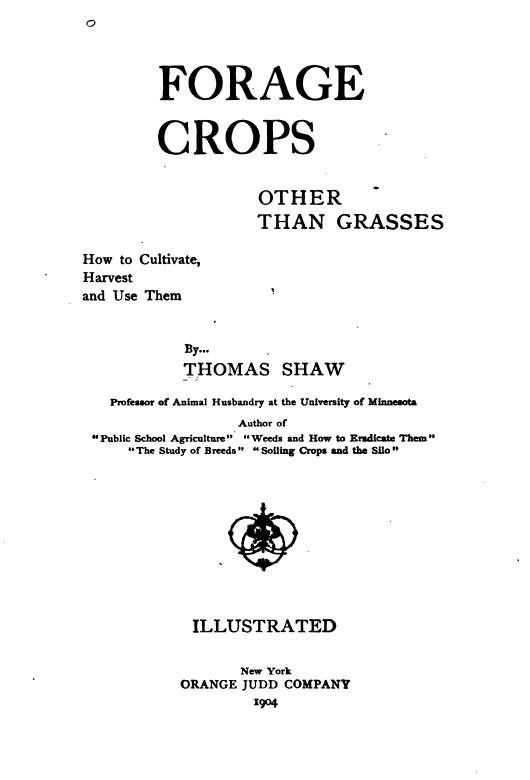/Wi_ / 7"fe); / 0- tbanSFERRED FROM
1/ t^- BUS8EY INSTITUTION
i" I- > - r est \
O
Copyrlgiit, i99 ORANGE JUDD COMPANY
y
V
"W.
To //i* Farmers and Stockmen of America, this work is most respectfully dedicated by the Author.
AUTHOR'S PREFACE
This work has been written in the hope of meeting a long-felt want. It has been the aim of the writer to adapt it to the needs of the farmer, the stockman and the agricultural student. It is left with the agriculturists of this country to say how far these objects have been attained.
University Experiment Farm, St. Anthony Park, Minn., 190a
TABLE OF CONTENTS
Chapter L
PAGE
Forage Crops -----... i
Chapter IL Indian Corn or Maize ....9
Chapter IIL Sorghum -...-..-..28
Chapter IV. The Non-Saccharine Sorghums - 48
Chapter V. Plants of the Dover Family .-..- 67
Chapter VL Leguminous Plants Other Than Cover - - - - 103
Chapter VIL Rape and Cabbage - - 145
Chapter VIIL The Common Cereals ------ 170
Chapter IX. Millet 189
Chapter X. Root Crops - --202
Chapter XL Miscellaneous Plants ------ 221
Chapter XIL Succession in Forage Crops ----- 252
Chapter XIII.
Sheep Pastures Grown at the Minnesota University Experiment Farm ------ 261
CHAPTER t
FORAGE CROPS.
Forage in its widest sense means any food suitable for horses, cattle, sheep and swine. Thus applied, it would include pasture, soiling and fodder crops, and all manner of matured seeds. In the title given to this book, however, and in the book itself, it will be used only in the more restricted sense of pasture crops other than those provided by the vari-ous'grasses. It is thus used for the reason, first, that in the ordinary phraseology of the farm, it is so understood. Second, that there is a felt necessity for a more restricted and precise use of certain terms in agriculture that have heretofore been used in a loose sense. And, third, that it would seem to express the various subjects considered in the book more accurately and more concisely than any other term that could be chosen. The terms forage crops as thus defined, and pastures, are frequently regarded as synonymous and interchangeable. But grasses are not included in the discussion, for the reason, first, that where grazed off they are usually spoken of as pasture crops, and, second, that to include them would unduly swell the contents of this volume.
In nearly all instances these forage crops are sown from year to year, whereas grass pastures usually endure for several years. In many instances the latter grow, as it were, spontaneously; the former seldom do.' Forage crops, like pastures, are fed off
by the animals where they grow, and usually in ihct green form; but there are instances where both may be grazed in the matured form, as in the gleaning of ripe peas by swine, or the grazing of buffalo or bunch grass by cattle and sheep in the winter. Some of these forage crops are grown and grazed off in succession the same season, and are also sown as "catch" crops, while grasses are never thus sown or grazed. And some forage crops, as, for instance, Jerusalem artichokes, are gathered from beneath the surface of the ground, whereas grass pastures are grazed only on the surface.
Soiling and Fodder Crops not Considered. In this book the question of forage crops only will be considered, although excellent reasons may be given for including soiling and fodder crops in the discussion. Soiling food may be defined as food cut or pulled and fed to animals in the green form. And fodder crops may be defined as food for live stock in the matured form, and fed before or after the removal of the seeds. Both definitions are restricted rather than general, as both terms are sometimes used, and, perhaps unfortunately, in a wider and more general sense. Among the reasons that may be given for including these crops in the discussion, are the following: First, forage, soiling and fodder crops each includes a large number of the same plants. And, second, the processes of preparing the land for many of these and of growing them up to a certain stage are exactly the same. Discussing these various classes of crops therefore together would avoid no little repetition, which it would be impossible to avoid when discussing them separately. But to this plan there is
the one strong objection, viz., that it would so swell the contents of the book as to make it too unwieldy for commercial use as a text-book. It would also increase unduly the cost of the book to those readers who are desirous of obtaining information only with reference to one phase of this three-fold question.
Possible Exception to Definitions. Agricultural literature is only in what may be termed the formative stage. And more especially is this true of agricultural text-books. Exception may be taken, therefore, by those critically inclined to almost any definition that may be given of forage crops, and, indeed, of other classes of crops, as, for instance, cereals and field roots. In formulating definitions in agriculture, no better plan, perhaps, can be followed than to give heed to the common understanding regarding the meaning and application of the various terms in use. But this common understanding is not an absolutely safe guide, since it differs sometimes in communities in regard to the use of a certain term, and often it differs even in the same community. Some time must elapse, therefore, before definitions in agriculture will so crystallize as to assume a form so definite and abiding that it will meet with universal acceptance.
A Greatly Important Question. The growing of forage crops is to-day what may be termed a burning question, and it is likely to become more and more so with the passing of the years. Some time, and in the future that is near, forage crops other than grasses will be grown from sea to sea, but, of course, not equally in all parts of the continent. The exceptions will be the range and mountain districts, which forbid a varied agriculture.
But little attention has been given to the growing of this class of forage crops in the past, and for manifest reasons. The history of our agriculture has been largely one of occupancy. Men have taken possession of the soil and tilled it after the most primitive fashion. Such, at least, has been its history in all the west. While it is true that some progress has been made in intensive cultivation in the east, such farming has been greatly hampered by the tide of agricultural products which has flowed eastward in great volume from the cheap and fertile lands of the Mississippi basin. On every hand, however, there are indications of change. The unoccupied tillable domain is only a fraction of what it was. And this means that the great grazing lands of the tillable prairies are only a fraction of what they once were. There is no further west. Populations are increasing at a very rapid rate, and, therefore, a more intensive cultivation will soon become a necessity in all parts of the continent. And with the increase of intensive cultivation, as surely as the sun goes down in the evening, increased attention will be given to the growing of these forage crops, some of the reasons for which will be stated below.


